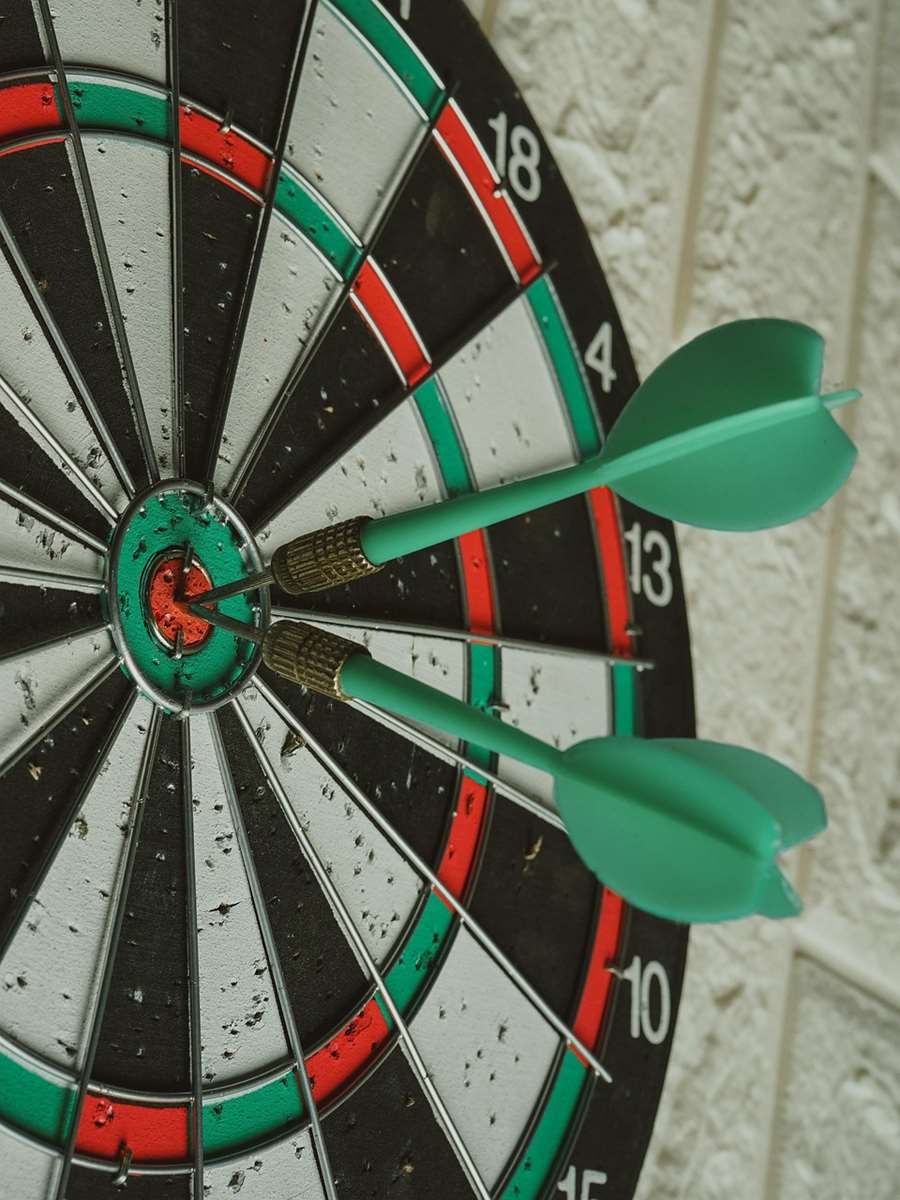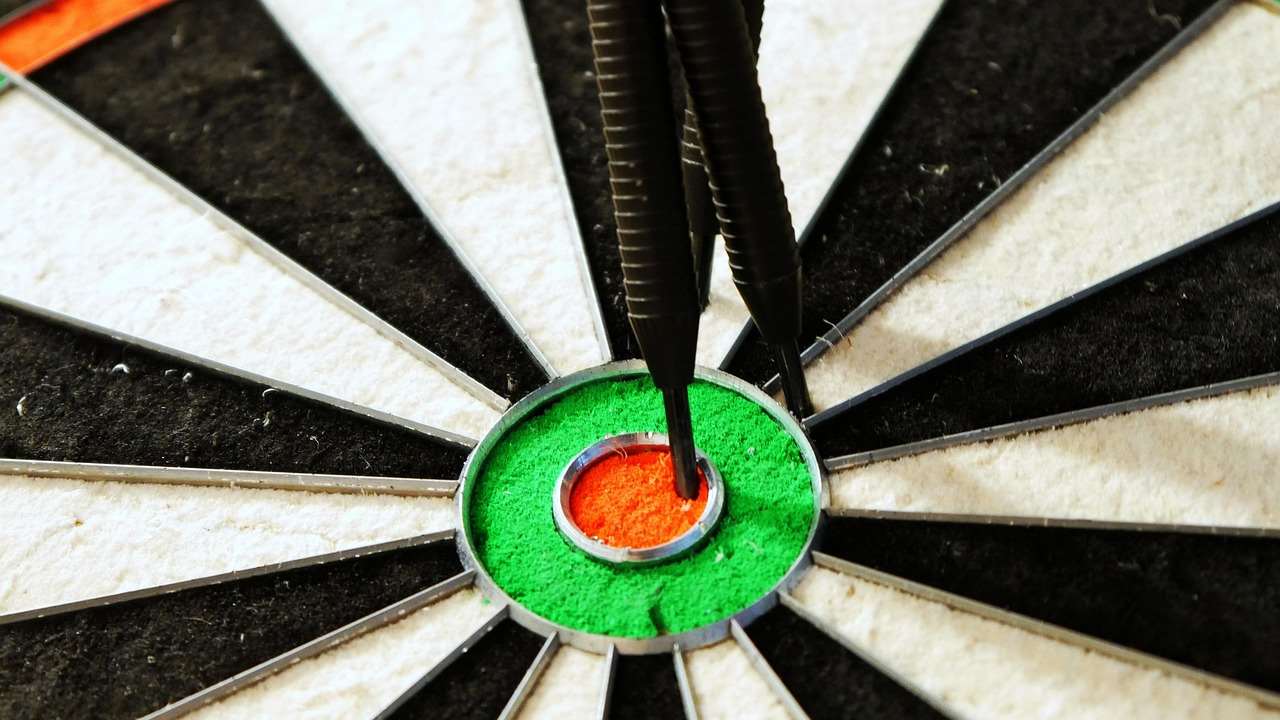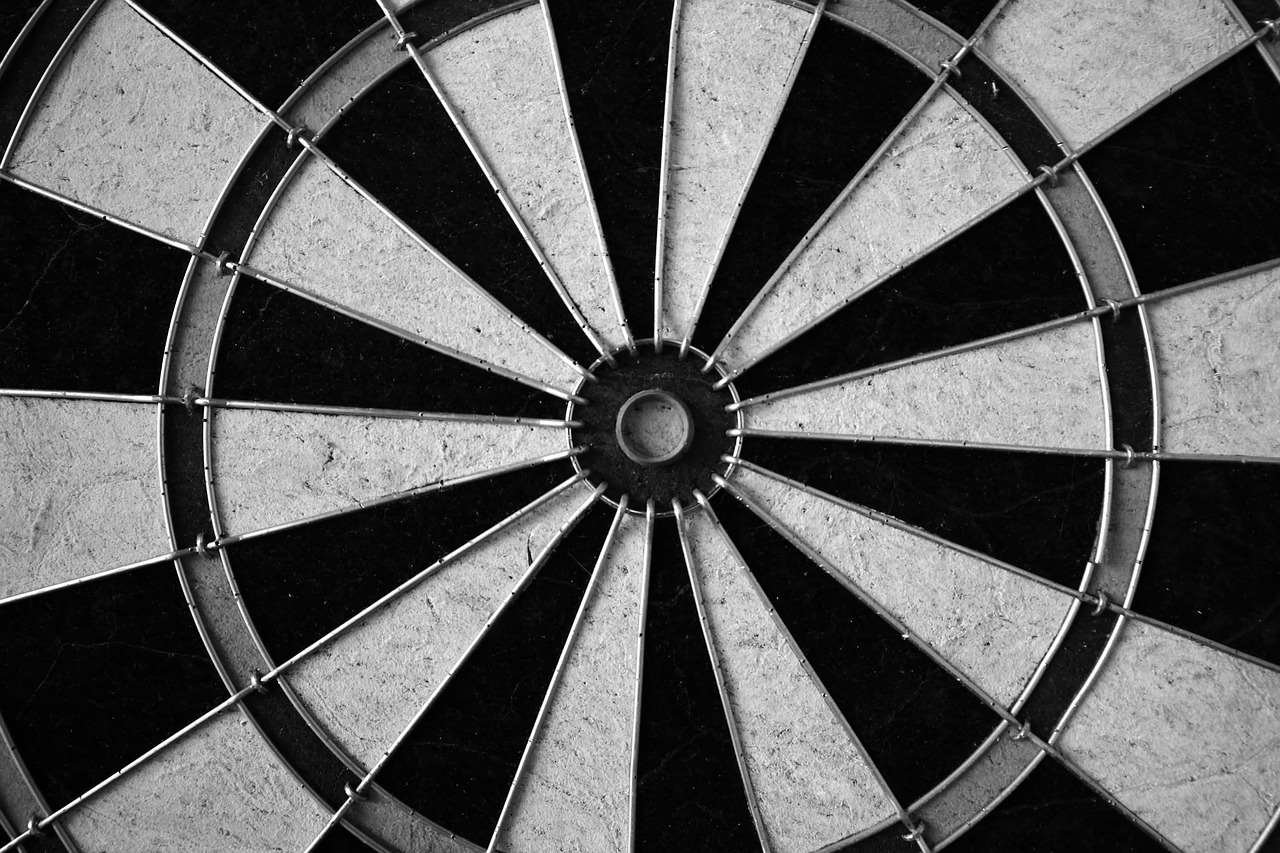The darts foul line, also known as the oche, is the crucial starting line for players in a darts game. Knowing its exact position and understanding its importance is fundamental to fair play and consistent performance. This article will delve into everything you need to know about the darts foul line, covering its measurement, placement, rules, and its impact on your game.
⚠️ Still Using Pen & Paper (or a Chalkboard)?! ⚠️
Step into the future! The Dart Counter App handles all the scoring, suggests checkouts, and tracks your stats automatically. It's easier than you think!
Try the Smart Dart Counter App FREE!Ready for an upgrade? Click above!
Understanding the darts foul line is critical for any darts player, regardless of skill level. Maintaining the correct distance ensures fairness and consistency, directly impacting scores and the overall game experience. Incorrect placement can lead to disputes and unfair advantages. This article will provide a comprehensive guide, clarifying all aspects of this vital element of the game, including its historical context and impact on professional play.
Understanding the Darts Foul Line: Distance and Placement
The official distance from the darts foul line to the dartboard’s face is 7 feet 9 1⁄4 inches (2.37 meters). This standardized distance ensures consistency across all levels of play, from casual games to professional tournaments. Maintaining this precise distance is paramount; deviations can dramatically alter the trajectory of a dart and, consequently, the accuracy of the throw. It’s also incredibly important to ensure your dartboard is properly mounted and level; if the board is tilted, your throwing distance from the darts foul line is not directly in line with the board, and you could have a skewed result. In the professional world, tournament officials meticulously check and verify this measurement before each competition. Even slight variations can significantly impact the game’s outcome. The use of a measuring tape to confirm the darts foul line’s position is a great way to ensure a fair match, even when playing casually at home.

Many professional players use a visual cue, like a mark on the floor, to help maintain their position relative to the darts foul line. This helps ensure consistency in their throw, minimizing errors stemming from inconsistent starting points. A slight shift in stance from the darts foul line can be the difference between a winning throw and a miss, especially at higher levels of competition. Remember, consistency is key! This is especially important when considering your throwing technique which should also be consistent.
Marking the Darts Foul Line
While the official darts foul line is marked in professional settings, casual players might need to mark their own. You can use tape, chalk, or even a permanent marker to indicate the line on the floor. However, be sure to choose a method that will stay put, as a moving line can lead to an inconsistent game. Clear and visible markings will improve your game by giving you a constant benchmark during your throws. This creates the correct distance that will enhance your performance.
The Rules and Regulations Surrounding the Darts Foul Line
Stepping over the darts foul line before releasing all three darts is a foul. In most rulesets, this results in a loss of the throw. Understanding this rule is crucial, as a single step over the line can significantly impact the overall outcome of the game, especially in close matches. The importance of maintaining a consistent stance and paying attention to your footing cannot be overstated. The line is usually clearly marked, but players should always double-check their position before throwing.

The consequences of a foul vary depending on the specific rules being used, but losing your turn is a common penalty. It is absolutely essential to familiarize yourself with the rulebook of the game you’re playing to avoid any penalties due to stepping over the darts foul line. In competitive darts, referees are constantly on the lookout for violations, particularly those involving the darts foul line. Maintaining a consistent position and being mindful of your footwork is crucial for preventing fouls and ensuring a fair game. Remember the importance of maintaining your positioning and understanding the nuances of the game; it’s not just about aiming, it’s about the whole process!
Impact of the Darts Foul Line on Game Strategy
The darts foul line is more than just a line; it’s a strategic element. A player’s approach to the darts foul line can be a key factor in their success. Some players prefer a more relaxed approach, while others adopt a more intense, focused stance. Regardless of style, the emphasis remains on consistency; this means always starting from the same point on the darts foul line for consistent throws. The choice of stance isn’t as important as the consistency of your placement on the line itself. Experiment to find the technique and stance that best suits you.
Consider how the distance affects your throw. The 7 feet 9 1⁄4 inches distance demands a certain throwing technique. Players have to compensate for the distance, adjusting their arm swing and release for optimal accuracy. Finding a rhythm is key to success from the darts foul line. You need to find a technique that works for you, but always ensure you are behind the darts foul line before making your throw.
Tips for Consistent Throws from the Darts Foul Line
- Use a consistent pre-throw routine.
- Maintain the same stance and grip every time.
- Focus on your target and breathe deeply.
- Practice your throw from the same spot on the darts foul line.
- Visualize your dart’s trajectory.

Remember, a consistent throwing motion from a consistent point behind the darts foul line will significantly improve your accuracy and your game overall. It’s about finding the perfect balance of relaxation and focus. Consistent practice from the darts foul line will refine your technique and help you perfect your throw. Don’t underestimate the importance of practice; it’s the foundation of success in darts.
Different Types of Darts Foul Lines and Setups
While the standard distance for a darts foul line is universally recognized, the way it’s marked and the overall setup can vary depending on the environment. Professional tournaments utilize meticulously measured and clearly marked lines, often using special flooring or tape. However, in pubs or casual settings, the darts foul line might be less formally defined, sometimes simply relying on a piece of tape or chalk line. This variance highlights the importance of understanding the rules for each individual gaming setting. If you’re unsure about the exact positioning of the darts foul line, it’s always better to ask or clarify before starting the game.
Many professional players use personalized darts foul line markers; these could be customized tapes with unique designs, or other visible markers that help them maintain consistent positioning. Even the slightest variation in stance can significantly affect the outcome. In casual games, ensure the distance is accurately measured to avoid disputes and ensure fair play. This makes a fair and enjoyable game for everyone.

Troubleshooting Common Darts Foul Line Issues
Problems can arise even when using an officially marked darts foul line. Uneven flooring, for instance, can subtly affect the distance. Similarly, a poorly mounted dartboard might cause inconsistencies. Regularly check your setup for these issues. If you notice inconsistencies in your throws, double-check the darts foul line’s placement and the dartboard’s mounting. Ensure that the playing surface is level to maintain the correct distance.
If you’re playing in a pub or less formal setting, ask for clarification about the official darts foul line if you are unsure. It’s always better to clarify any doubts before starting to ensure fair play and avoid disputes. A simple discussion can prevent many potential problems.
Maintaining Your Darts Foul Line
Regardless of whether you play in a professional environment or in a casual setting at home, maintaining a properly defined darts foul line is essential. If you’re playing at home, the darts foul line will be your responsibility. Regular checks will prevent any unexpected errors. You need to ensure that your darts foul line remains accurately positioned to ensure consistent gameplay.
Regularly inspect the line for wear and tear, ensuring it remains clearly visible and accurately positioned. If using temporary markings, replace them if they fade or become obscured. The goal is always to maintain the same spot for your throws and keep the darts foul line clear and visible.

Remember using an App to score darts can also help enhance your game and keep track of scores effectively. This is a great tool for both casual and professional settings.
Maintaining the proper distance from the darts foul line significantly impacts your overall game; consistent throws, precise targeting, and adherence to the rules create a fair and enjoyable experience for all participants.
Conclusion
The darts foul line is more than just a line on the floor; it is a crucial component of the game that dictates fairness, consistency, and strategic play. By understanding its proper placement, adhering to the rules, and maintaining consistent throwing practices from this line, players can significantly improve their accuracy and overall performance. Remember to always double-check its placement and keep a consistent stance to ensure fair play and achieve greater success in your darts game. Now grab your darts, find your spot at the darts foul line, and practice to perfect your aim! For further tips and resources on improving your darts game, check out our other articles, such as darts board and stand or condor darts flights review.
Hi, I’m Dieter, and I created Dartcounter (Dartcounterapp.com). My motivation wasn’t being a darts expert – quite the opposite! When I first started playing, I loved the game but found keeping accurate scores and tracking stats difficult and distracting.
I figured I couldn’t be the only one struggling with this. So, I decided to build a solution: an easy-to-use application that everyone, no matter their experience level, could use to manage scoring effortlessly.
My goal for Dartcounter was simple: let the app handle the numbers – the scoring, the averages, the stats, even checkout suggestions – so players could focus purely on their throw and enjoying the game. It began as a way to solve my own beginner’s problem, and I’m thrilled it has grown into a helpful tool for the wider darts community.